When it comes to exporting tungsten carbide rods, understanding the nuances of the process is essential. From meeting international standards to finding reliable suppliers and navigating complex pricing strategies, this guide has you covered. Let’s dive into the specifics of exporting carbide rods and explore why these versatile tools are in high demand globally.
The Importance of Tungsten Carbide Rods and the Potential Export Market
Tungsten carbide rods are the unsung heroes of many industries, including automotive, aerospace, construction, and manufacturing. But why are they so important? These rods combine tungsten’s unmatched hardness with a binding metal like cobalt, resulting in a material that’s incredibly tough, wear-resistant, and versatile.
With growing industrialization across the globe, the demand for high-performance tools has skyrocketed. This positions tungsten carbide rods as a lucrative product for export. Regions investing in heavy infrastructure, advanced manufacturing, and automotive innovation are key players driving this demand.

Which Countries Have a Strong Demand for Tungsten Carbide Rods?
When targeting markets for tungsten carbide rod exports, focus on regions with advanced industrial activity. Here’s a breakdown:
- United States: The U.S. has a robust demand for high-precision tools in the aerospace and defense sectors.
- Germany: Known for engineering excellence, Germany’s automotive and machine-building industries rely heavily on carbide tools.
- China: As a global manufacturing hub, China requires vast quantities of tungsten carbide for its factories.
- India: With rapid infrastructure development, India is becoming a significant consumer of industrial materials.
- Japan: Precision and quality are hallmarks of Japanese industries, making carbide rods a necessity for their advanced manufacturing.
- Brazil: As South America’s largest economy, Brazil’s construction and mining sectors drive demand for carbide products.
- South Korea: Technology and automotive sectors dominate South Korea, needing carbide tools for high-precision applications.
- Russia: Mining and heavy machinery sectors here depend on carbide rods for their durability.
- Australia: With a focus on mining and mineral processing, carbide rods play a critical role in these industries.
- Turkey: Emerging markets like Turkey are investing heavily in infrastructure, boosting demand for durable industrial materials.
Market Standards and Requirements for Tungsten Carbide Rods in Various Regions
| Region | Standards and Requirements |
|---|---|
| United States | Must meet ASTM standards for hardness and tensile strength. |
| Europe | CE marking is mandatory; ISO certifications like ISO 9001 for quality management. |
| China | GB/T standards for mechanical performance and precision are essential. |
| India | BIS (Bureau of Indian Standards) compliance for industrial-grade materials. |
| Japan | Adheres to JIS (Japanese Industrial Standards) for precision engineering. |
| Brazil | Requires ABNT standards certification for wear-resistance tools. |
| Australia | Compliance with AS standards for mining applications. |


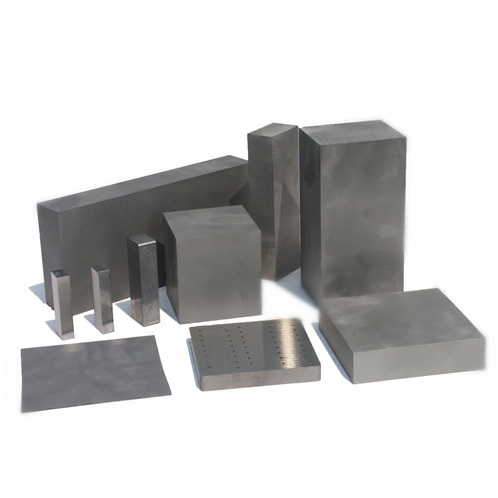
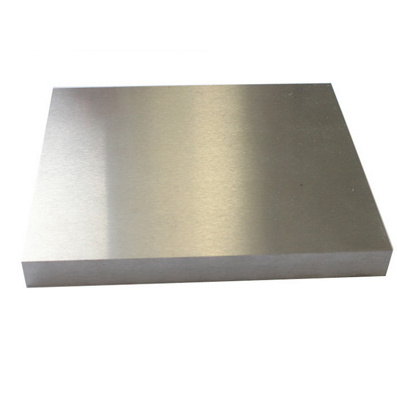
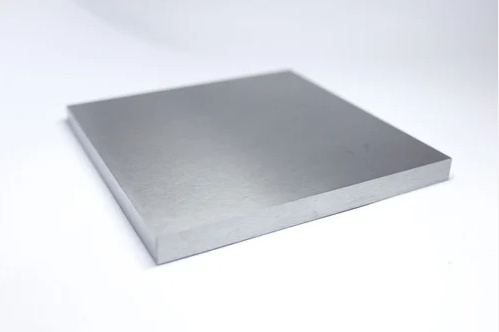
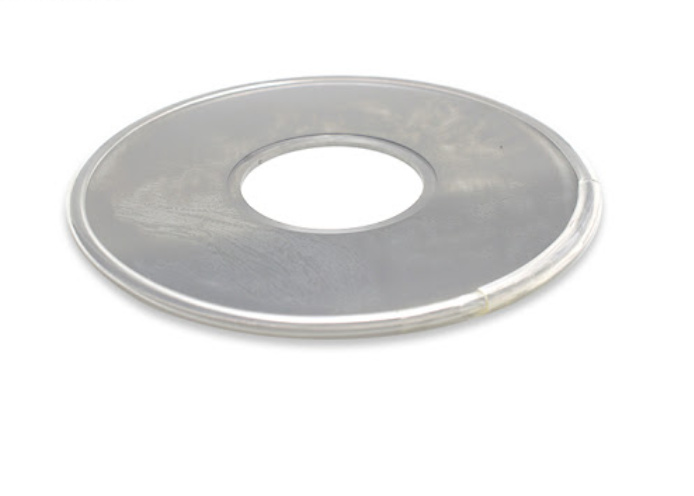
What International Certifications Are Required for the Export of Tungsten Carbide Rods?
Certification acts as a passport for your products in the global market. Without them, your export plans might hit a dead end. Here’s what you’ll need:
- ISO 9001: Demonstrates that your products meet quality management standards.
- RoHS Compliance: Ensures that your rods are free from hazardous substances, especially for EU markets.
- CE Marking: Mandatory for products sold within the European Economic Area (EEA).
- REACH Registration: Required for chemicals and materials entering the EU market.
- ASTM Standards: For U.S. exports, meeting ASTM mechanical and chemical property benchmarks is critical.
- GB/T Standards: Necessary for products entering China’s market.
How to Optimize the Quality of Carbide Rods to Meet Customer Needs
Optimizing quality is all about understanding the customer’s application and delivering accordingly. Consider these steps:
- Material Composition: Tailor the tungsten-cobalt ratio to suit specific industries. For instance, high cobalt content improves toughness for mining applications.
- Precision Manufacturing: Ensure dimensional accuracy to meet customer specifications.
- Surface Finishing: Offer polished or ground finishes to enhance wear resistance.
- Testing and Inspection: Use advanced methods like ultrasonic testing and metallographic examination for quality assurance.
- Custom Solutions: Some clients may require specialized grades or geometries—be ready to cater to niche demands.
How to Choose a Reliable Carbide Rod Supplier
| Criteria | Description |
|---|---|
| Experience | Look for suppliers with a proven track record in tungsten carbide production. |
| Certifications | Ensure ISO, RoHS, and other relevant certifications are in place. |
| Production Capacity | Verify the supplier can handle bulk orders without compromising quality. |
| Reputation | Check reviews, references, and testimonials from other buyers. |
| Technical Support | A reliable supplier offers post-sale support and technical guidance. |
| Delivery Timelines | Timely delivery is crucial for maintaining customer satisfaction. |
Pricing and Negotiation Strategies for Carbide Rod Export Tips
Setting the right price requires a balance between profitability and competitiveness. Here’s how you can achieve this:
- Understand Market Rates: Research current prices in the target market to position your product competitively.
- Bulk Discounts: Offer tiered pricing to encourage larger orders.
- Transparent Costing: Break down costs (e.g., material, production, shipping) to justify your pricing.
- Long-Term Contracts: Negotiate discounts for clients committing to repeat business.
- Leverage Value-Additions: Highlight unique aspects like superior quality, faster delivery, or custom solutions to justify higher prices.
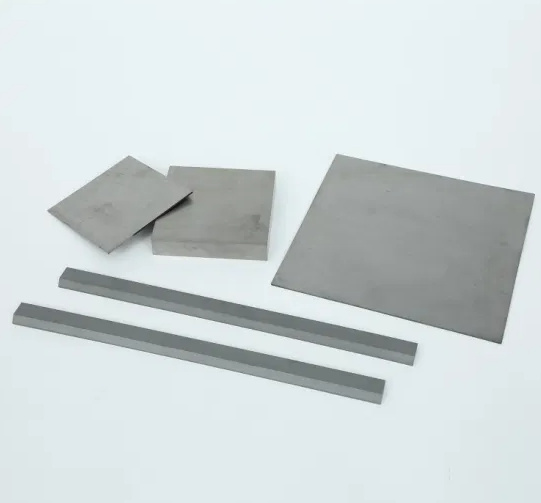
Understanding Carbide Rod Tariffs, Customs Documents, and Regulations
| Requirement | Details |
|---|---|
| Tariff Codes | HS Code 820900 for tools and parts made of tungsten carbide. |
| Customs Documents | Commercial invoice, packing list, and certificate of origin. |
| Import Regulations | Varies by country; include any mandatory pre-shipment inspections. |
| Tax Policies | Understand VAT and duties applicable in the destination market. |
| Trade Agreements | Leverage FTAs for reduced tariffs where applicable. |
FAQs
| Question | Answer |
|---|---|
| What is the HS code for carbide rods? | The HS code is 820900. |
| What are the best markets for carbide rods? | Countries like the U.S., Germany, China, and India have high demand for tungsten carbide. |
| Do carbide rods require RoHS compliance? | Yes, especially for markets like the EU. |
| What’s the best way to ensure quality? | Focus on raw material quality, precision manufacturing, and robust testing protocols. |
| Can small businesses export carbide rods? | Absolutely, provided they meet regulatory and certification requirements. |

